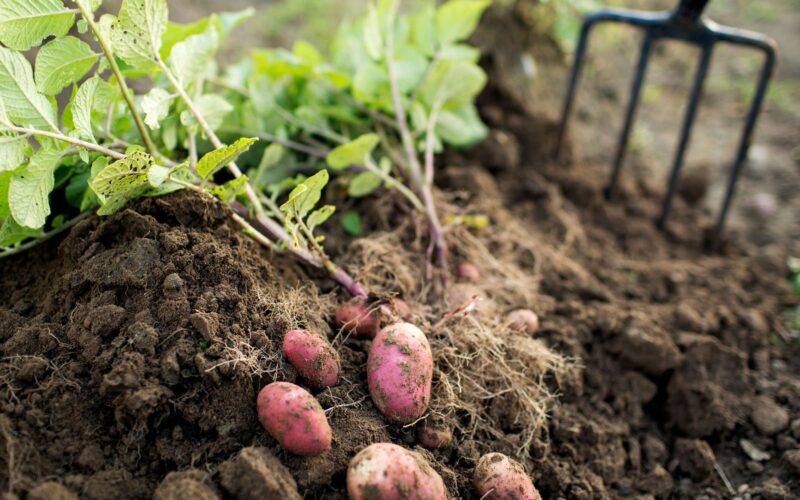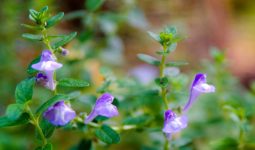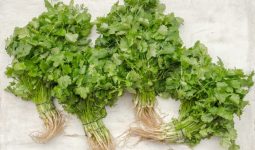Growing potatoes in your garden can yield delicious results, but choosing the right companion plants makes a huge difference in their success.
Planting herbs like basil and marigolds next to your potato patch naturally repels harmful insects, while growing beans and peas alongside potatoes helps fix nitrogen in the soil for better yields.
Your potato plants can thrive with the right garden neighbors. Companion planting with potatoes helps maximize space, improve soil health, and protect against common pests and diseases that often plague these valuable tubers.
Good plant partnerships matter because potatoes face unique growing challenges.
Certain plants compete with potatoes for nutrients or can spread diseases, while others create beneficial growing conditions that lead to bigger, healthier harvests.
1. Beans
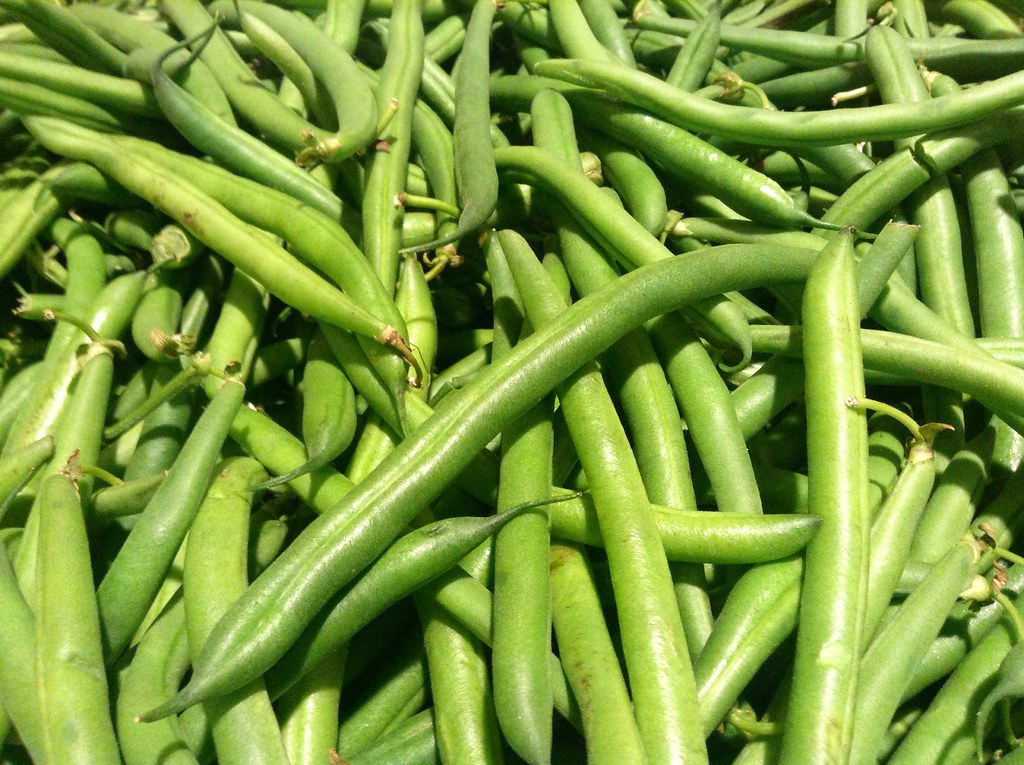
Beans make excellent potato companions in your garden. Bush beans work particularly well when planted in trenches parallel to potato rows, with 24 inches between rows and 2-4 inches between seeds.
Pole beans can benefit potato plants by fixing nitrogen in the soil, which helps your potatoes grow stronger and produce better yields.
Your potato plants will return the favor by improving soil health and adding organic matter.
They also act as natural mulch, protecting bean roots from temperature fluctuations and excessive heat.
To get the best results when planting beans with potatoes:
- Space rows at least 2 feet apart
- Plant beans after potato plants emerge
- Keep soil consistently moist
- Add organic mulch between rows
- Monitor both plants for signs of disease
Remember to water at soil level rather than spraying leaves to prevent fungal issues.
Both crops prefer full sun and well-draining soil rich in organic matter.
2. Peas
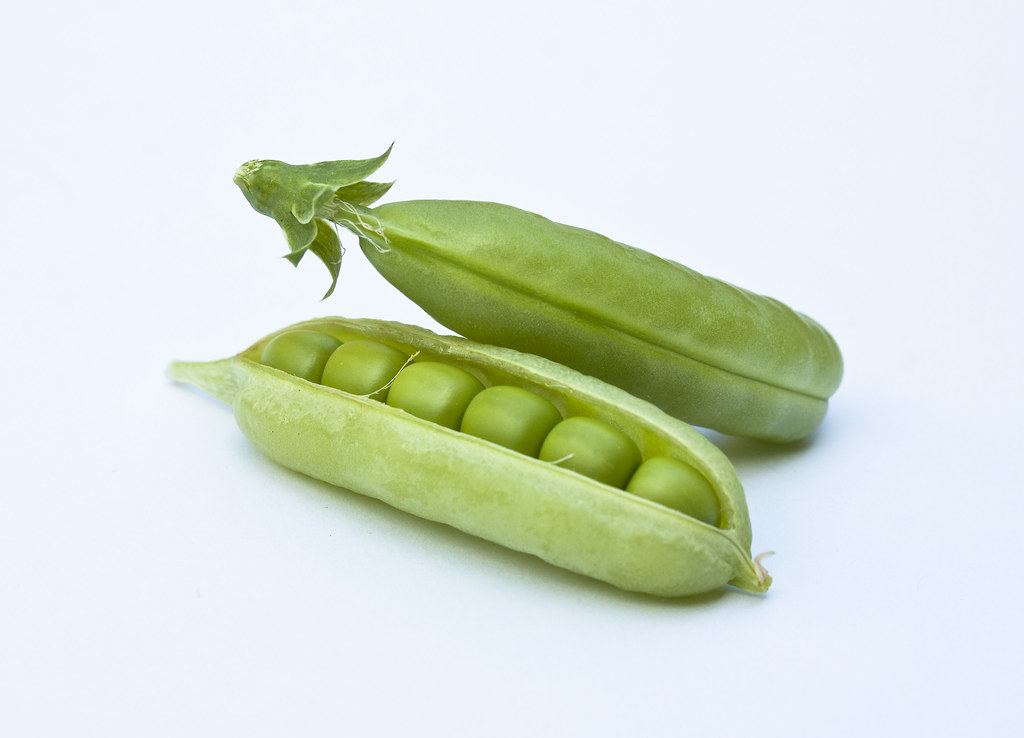
Peas make excellent companions for your potato plants. These nitrogen-fixing legumes help enrich the soil naturally, reducing the need for additional fertilizers.
Early potatoes repel Mexican bean beetles that typically damage pea plants, creating a mutually beneficial relationship in your garden.
You can maximize garden space by planting both crops together. Plant peas near the edges of your potato patch and provide them with trellises or supports to grow vertically while potatoes spread below.
The best varieties to grow together include:
- Sugar snap peas
- Snow peas
- Field peas
Field peas offer additional benefits since you can harvest multiple parts of the plant – from the tender blossoms to the young pods.
For optimal results, plant your peas early in the growing season. This timing allows them to fix nitrogen in the soil before your potato plants reach their peak growing phase.
Remember to leave enough space between plants for air circulation. While peas and potatoes work well together, overcrowding can lead to disease issues.
3. Corn

Sweet corn can enhance potato flavor and helps protect against some common potato diseases when planted nearby.
Growing corn and potatoes together requires careful planning but can be successful in your garden. The two crops have compatible growing requirements.
To start, prepare well-draining, loamy soil with a pH between 6.0-6.8. Add compost or manure before planting to improve soil fertility.
In warmer regions, you can use corn strategically by planting it on the southern side of your potato patch. This positioning provides beneficial shade for your potato plants during intense summer heat.
Planting Tips:
- Plant potatoes 2-3 weeks before the last frost
- Space corn rows to allow adequate sunlight
- Keep both crops well-watered
- Maintain consistent fertilization schedule
Watch for signs of competition between the two plants. If either crop shows stress, adjust spacing or consider growing them in separate garden sections next season.
4. Horseradish
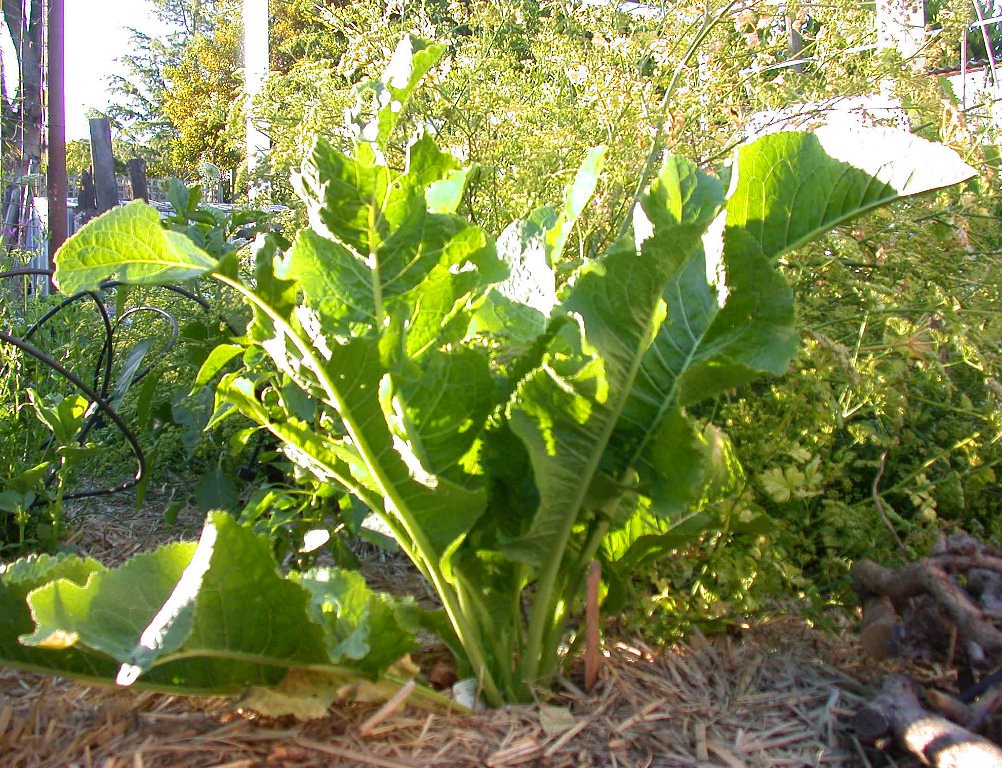
Horseradish makes an excellent companion plant for your potato patch.
This spicy root vegetable brings several benefits when planted around the edges of your potato growing area.
Growing horseradish near potatoes helps increase disease resistance in your potato plants. The strong-scented roots work hard to protect your crop.
Your potato plants will face fewer pest problems when paired with horseradish.
It naturally deters potato bugs, aphids, and even rodents like moles and mice that might damage your potato crop.
Plant horseradish around the perimeter of your potato bed for maximum protection.
The roots grow faster than potatoes, so you can harvest them earlier without disturbing your developing potato tubers.
Keep in mind that horseradish is a perennial plant that comes back year after year.
Place it strategically where it won’t interfere with your annual tilling or rotation of potato beds.
5. Marigolds
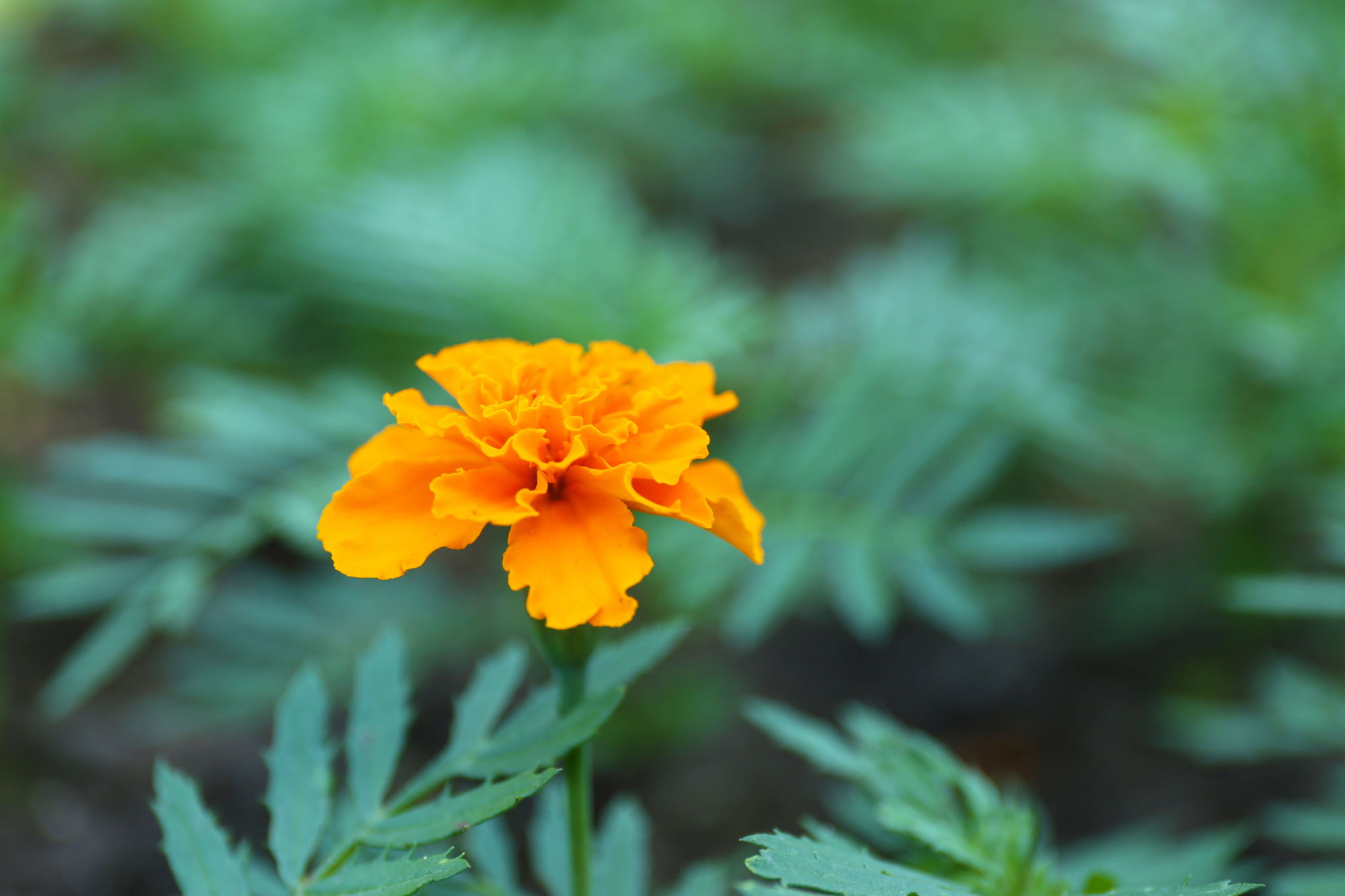
Marigolds bring multiple benefits when planted alongside your potato crops. These cheerful flowers repel harmful insect pests and can even deter deer from your garden beds.
When planting marigolds with potatoes, you’ll want to position them on the south side of your potato rows.
This strategic placement prevents the taller potato plants from blocking sunlight to your marigold flowers.
You can maximize garden space by planting marigolds along the edges of your potato beds.
This arrangement creates an attractive border while maintaining the protective benefits for your potato crop.
The bright orange and yellow blooms add visual appeal to your vegetable garden while serving as natural pest control. Plant marigolds in spring once the soil has warmed sufficiently.
Key Benefits of Marigolds with Potatoes:
- Natural pest deterrent
- Attractive garden borders
- Easy to grow and maintain
- Deer-resistant properties
Remember to space your marigolds properly to allow good air circulation between plants. Water them at the base to prevent fungal issues on the foliage.
6. Nasturtiums
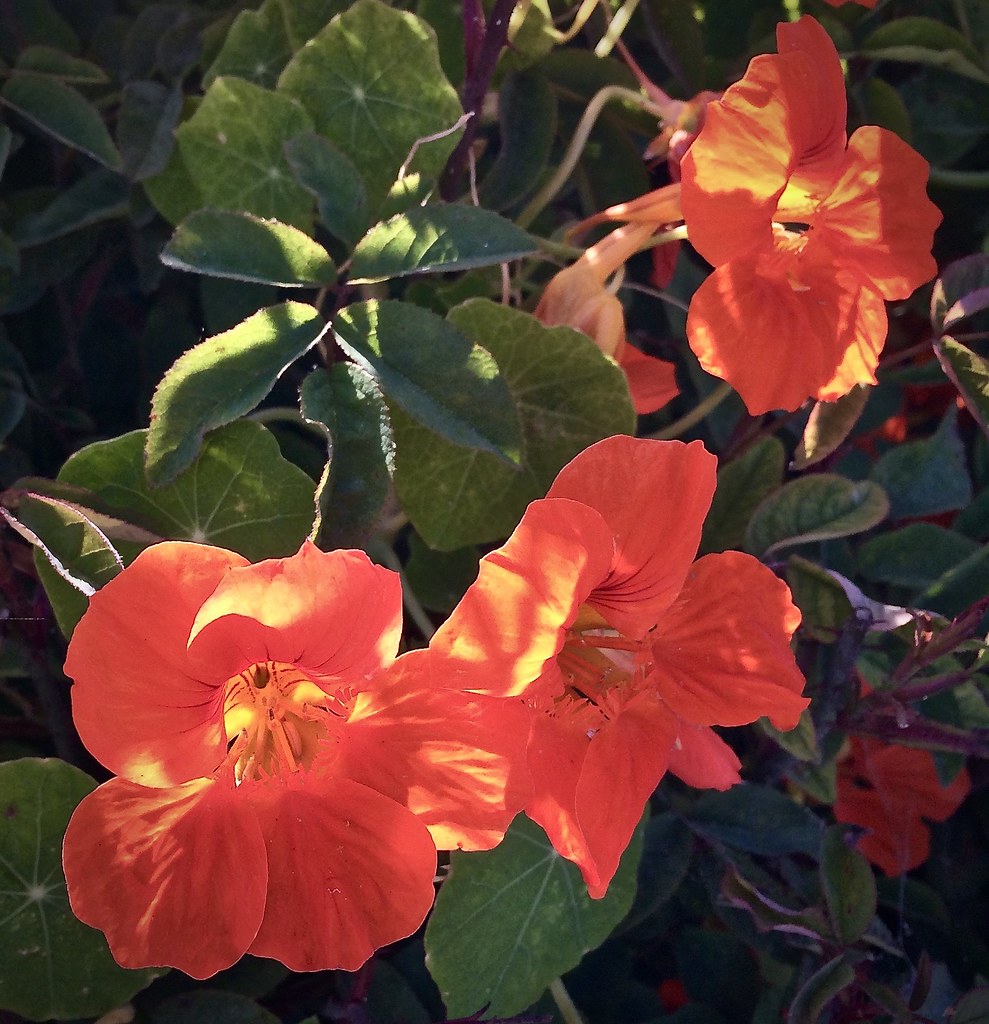
Nasturtiums make excellent potato companions by acting as a natural pest deterrent.
These vibrant flowers lure harmful insects away from your potato plants, protecting your crop from damage.
The bright orange, yellow, and red blooms add beauty to your potato patch while serving multiple practical purposes.
Your potato garden will benefit from nasturtiums’ ability to attract beneficial pollinators and predatory insects.
Growing nasturtiums is straightforward – simply plant them around the edges of your potato bed.
Their sprawling growth habit provides good ground cover, helping retain soil moisture and suppress weeds.
You can also eat nasturtium flowers and leaves, making them a dual-purpose addition to your garden. Their peppery flavor adds zest to salads and garnishes.
Pro tip: Plant nasturtiums 2-3 weeks after your potatoes emerge to ensure they’re established when pest pressure increases.
Benefits of nasturtiums for potatoes:
- Natural pest control
- Attracts beneficial insects
- Provides ground cover
- Edible flowers and leaves
- Easy to grow and maintain
7. Cabbage
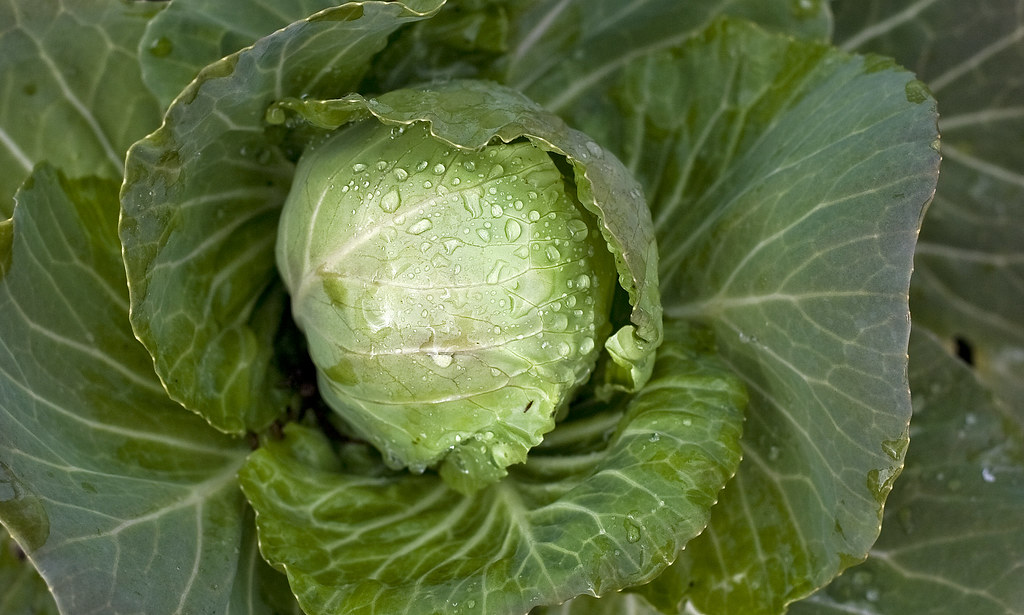
Cabbage makes an excellent potato companion crop. Your potatoes and cabbage can work together harmoniously since cabbage family plants have shallow roots that won’t compete with potato roots for nutrients and space.
When you plant cabbage near potatoes, you’ll get multiple benefits.
The potatoes act as a natural mulch, helping retain soil moisture around your cabbage plants and suppressing troublesome weeds.
Your cabbage will also benefit from improved growth and enhanced flavor when grown alongside potatoes.
This pairing works well because the two plants don’t share common pests or diseases.
The shallow root system of cabbage means it primarily draws nutrients from the top layer of soil, while your potato plants feed from deeper soil levels.
Plant your cabbage and potatoes about 18-24 inches apart to give both crops enough space to thrive.
Consider adding companion flowers like marigolds or herbs between them to further enhance pest protection.
For best results, ensure both plants receive adequate water and fertilizer.
Your cabbage will appreciate consistently moist soil and regular feeding with a balanced organic fertilizer during the growing season.
8. Broccoli
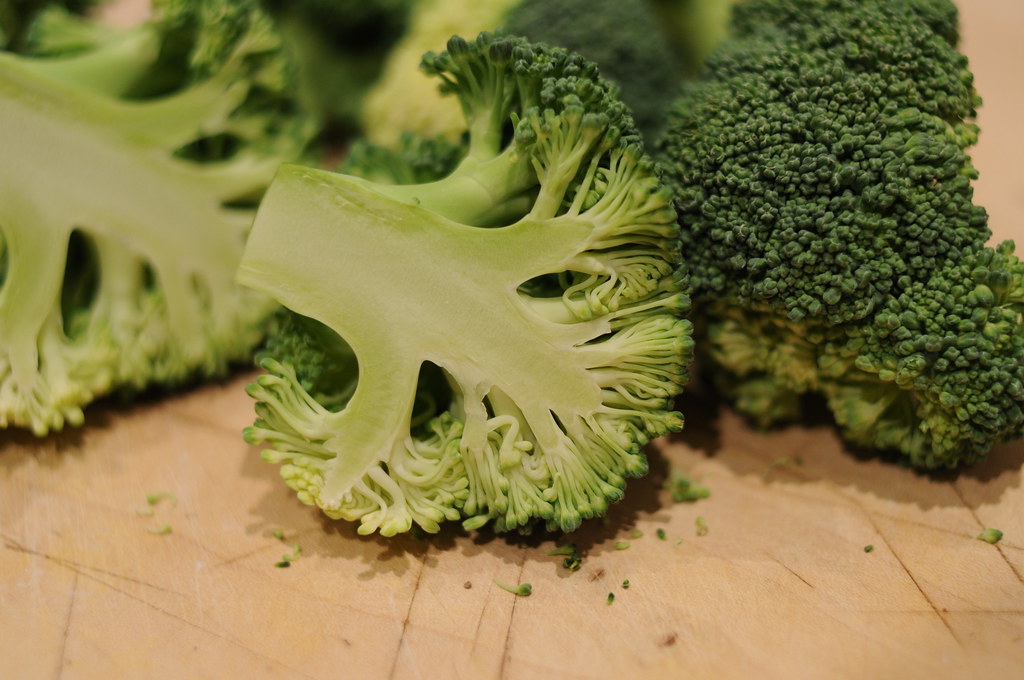
Broccoli and potatoes can grow well together when you provide enough nutrients for both plants.
Broccoli’s shallow root system makes it an excellent companion since it won’t interfere with your potato tubers developing underground.
You can maximize garden space by planting broccoli and potatoes in alternating rows in large wooden planters or dedicated garden areas. Both crops need ample room to thrive.
Remember to fertilize generously when pairing these two heavy feeders. Your broccoli plants will appreciate the cool, moist soil conditions that potato plants help create with their dense foliage.
Key Tips for Success:
- Space plants properly to prevent competition
- Apply balanced fertilizer regularly
- Water deeply but avoid waterlogging
- Monitor for common pests that affect both crops
To get the most from this combination, plant your broccoli seedlings when potatoes are about 4-6 inches tall.
This timing allows both crops to establish themselves without overwhelming each other.
9. Kale
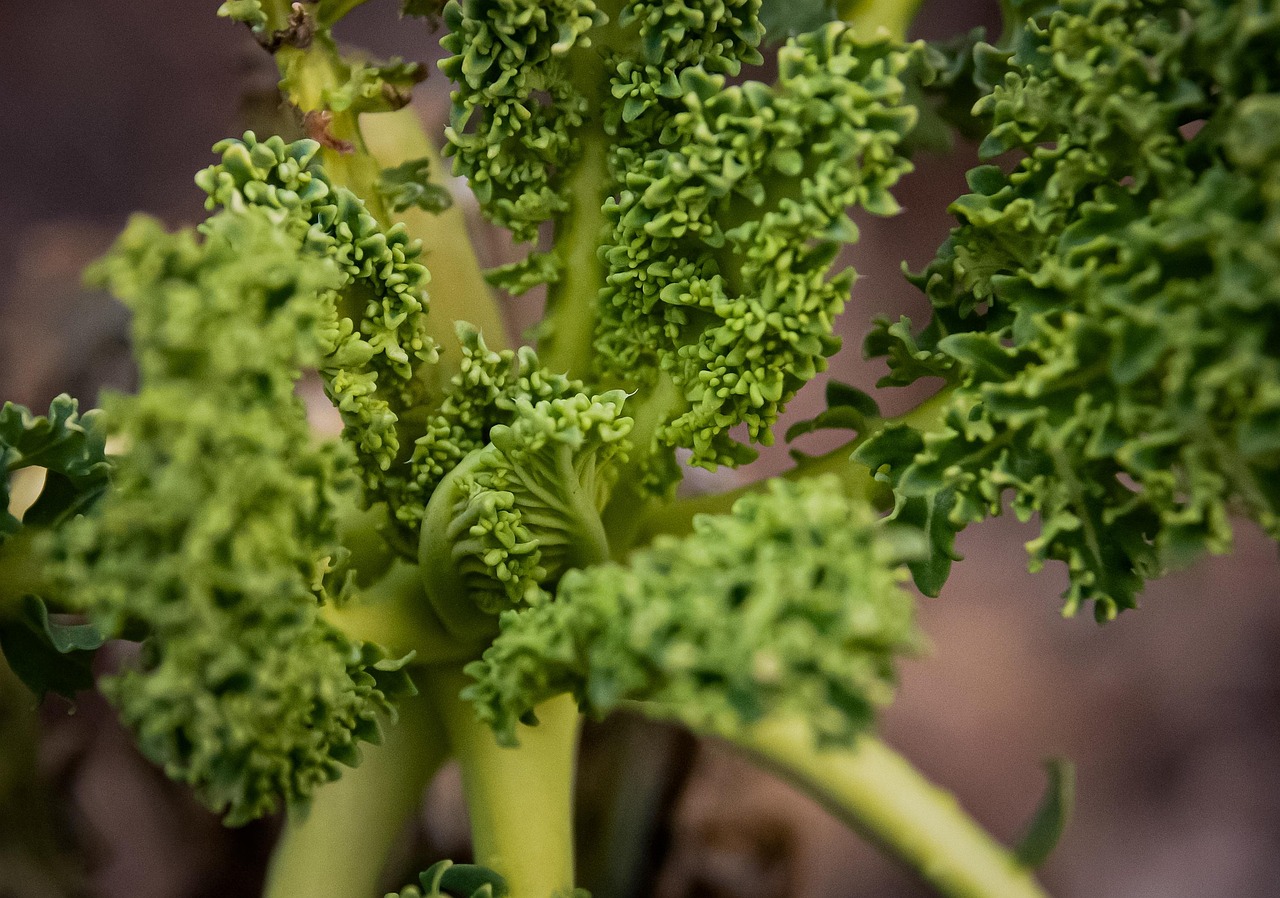
Kale makes an excellent companion plant for your potato patch. When grown together, these nutrient-rich vegetables can help each other thrive in your garden.
Growing kale alongside potatoes provides natural pest protection. The strong scent of kale helps deter some common potato pests, while also attracting beneficial insects to your garden.
Plant your kale 6-8 inches away from potato plants to give both crops enough space to develop strong root systems.
You can start kale seeds 3-5 weeks before the last frost for spring planting, or 6-8 weeks before first frost for fall growing.
There are three main ways kale benefits your potato patch:
- Acts as a trap crop for pests
- Attracts beneficial predator insects
- Creates natural pest confusion through its scent
For best results, consider planting kale varieties like:
- Curly kale
- Dinosaur kale
- Russian kale
Remember to mulch around both your kale and potato plants to retain moisture and suppress weed growth.
This also helps protect the roots during temperature fluctuations.
10. Lettuce
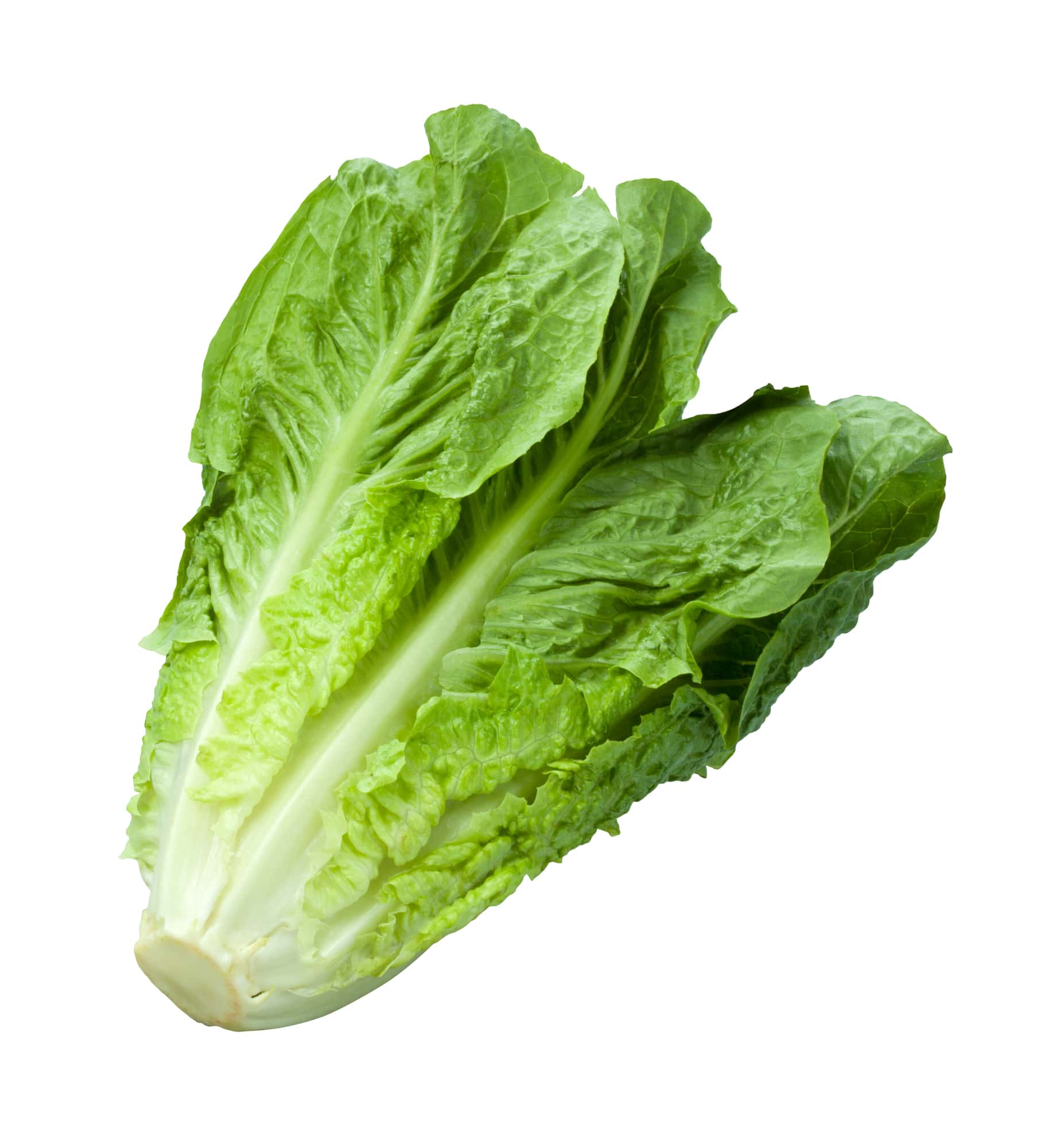
Growing lettuce with potatoes can work when planned properly. Timing and spacing are crucial for success.
Plant lettuce early in the season while potato plants are still small. You can maximize garden space by planting quick-growing lettuce varieties between potato rows.
Watch for potential competition issues. Your potato plants need significant nutrients and can grow quite tall, potentially shading lettuce plants if not properly spaced.
To succeed with this combination:
- Space potato rows 2-3 feet apart
- Plant lettuce at least 12 inches from potato plants
- Choose compact lettuce varieties
- Harvest lettuce before potatoes reach full size
Consider using lettuce as an early-season crop. You can harvest your lettuce crop completely before the potato plants grow large enough to create shade problems.
Keep an eye on plant health. Both crops can be vulnerable to similar diseases, so monitor leaves regularly for signs of blight or other issues.
11. Spinach
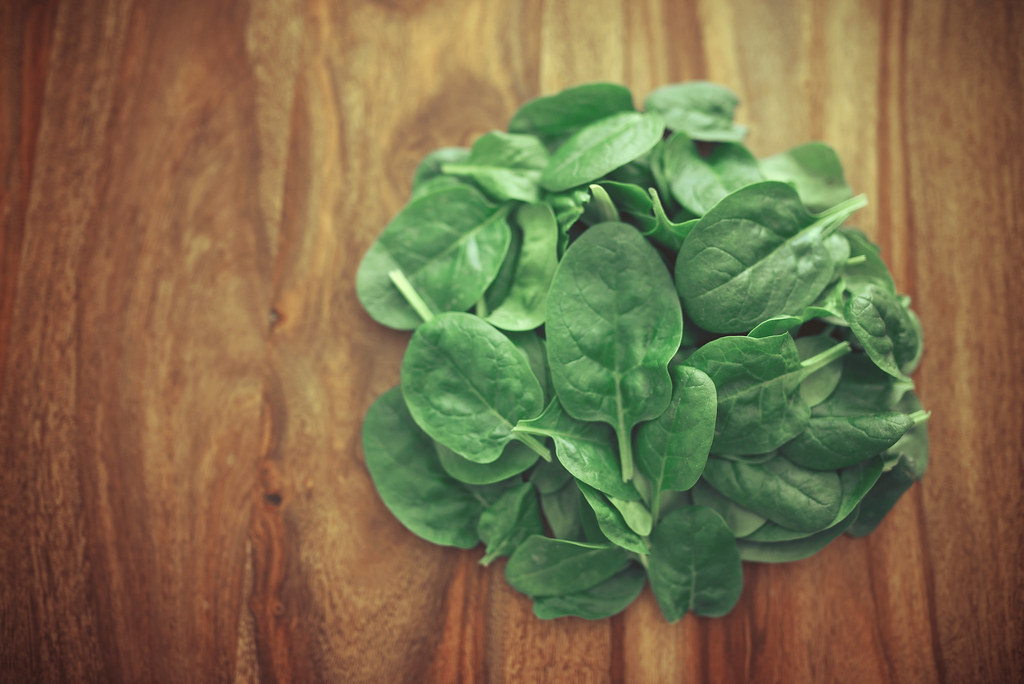
Spinach and potatoes don’t make ideal garden companions. Potatoes can compete with spinach for nutrients and require different growing conditions for optimal growth.
When you plant potatoes, they need hilling – a process where soil is mounded around the growing plants.
This creates shade that can interfere with spinach growth and development.
Both crops attract similar pest problems like flea beetles. Growing these plants together increases the risk of pest infestations in your garden beds.
You’ll achieve better results by planting your spinach in a separate area of the garden.
Consider pairing spinach with compatible plants like:
- Brassicas (cabbage family)
- Root vegetables (carrots, radishes)
- Alliums (onions, garlic)
- Leafy greens (lettuce, kale)
For successful spinach growth, choose a spot with partial sun and well-draining, nutrient-rich soil.
Kale makes an excellent companion since both plants thrive in similar cool, moist conditions.
12. Radishes
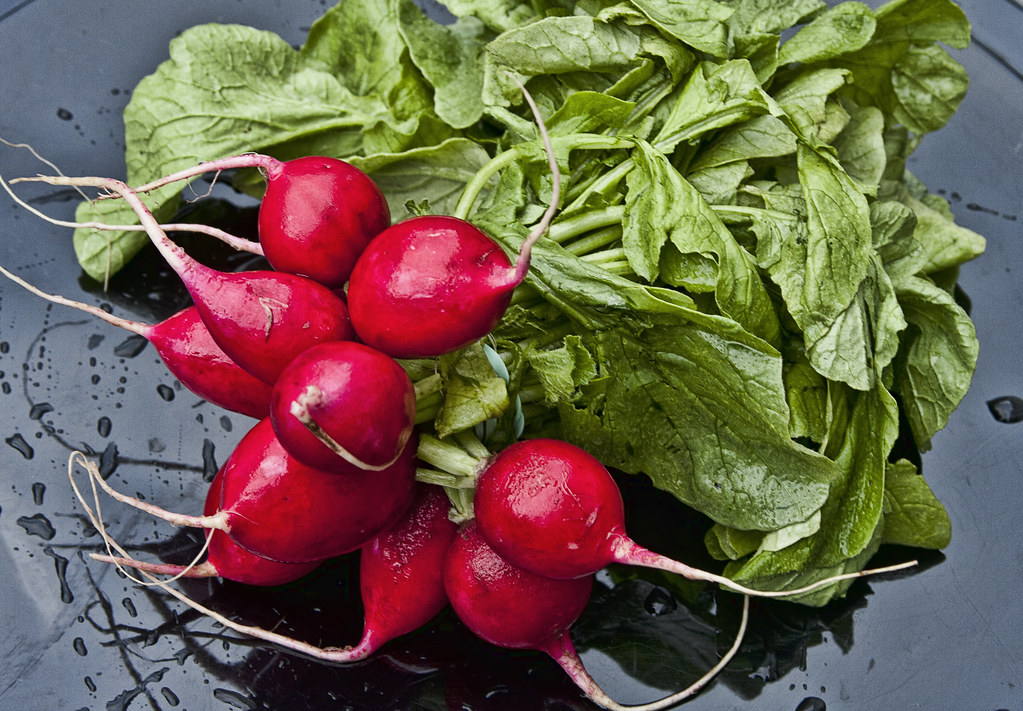
Radishes make problematic companions for potato plants. While you might be tempted to maximize garden space, growing potatoes with radishes can lead to nutrient competition, where your radishes often lose the battle for resources.
You can make radishes work with potatoes in specific timing scenarios.
Plant radishes early in spring alongside emerging potato plants, and harvest them before your potato plants reach full size.
Your radishes need quick access to nutrients and water to develop properly.
When planted too close to potatoes, their growth may become stunted as potato roots are aggressive feeders that can dominate the soil space.
The best strategy is to give each crop its own dedicated growing area.
This separation ensures both your potatoes and radishes receive adequate nutrients, water, and root space to thrive.
If you’re determined to grow both crops in close proximity, consider planting your radishes at least 12 inches away from potato rows.
This buffer zone helps minimize resource competition between the two vegetables.
13. Carrots
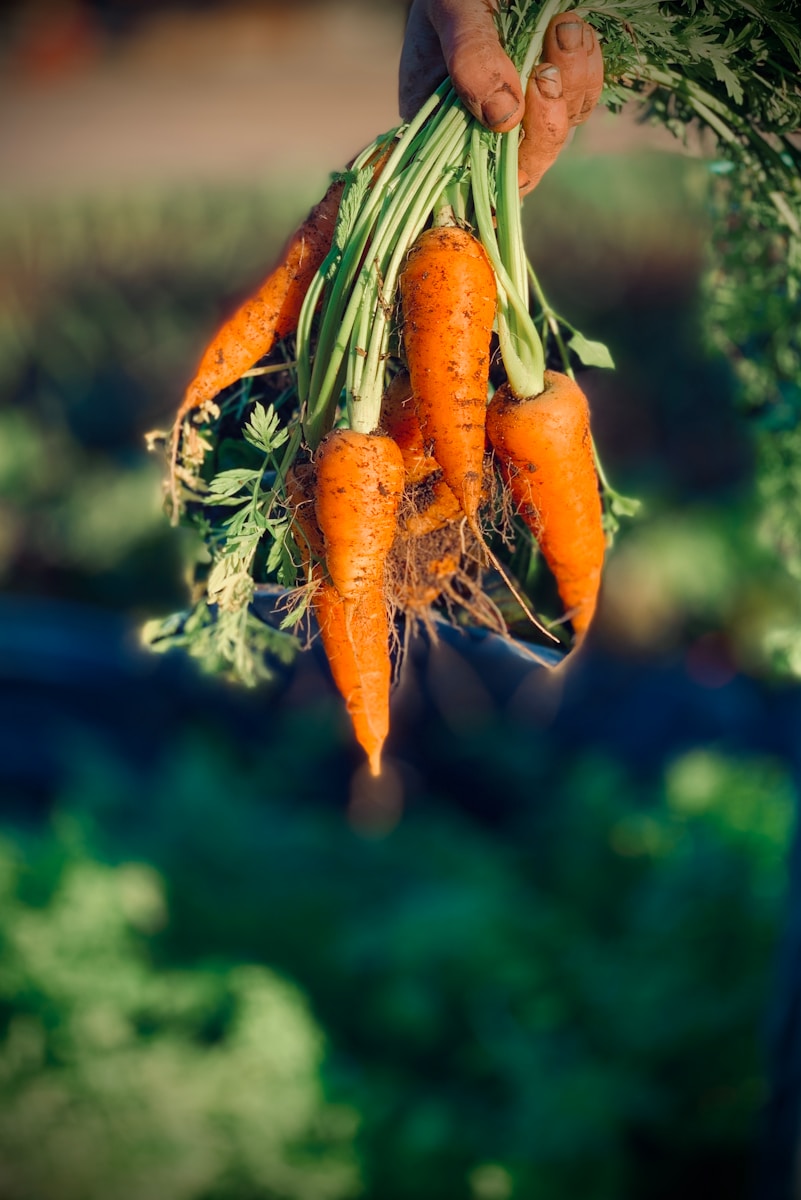
Growing carrots near potatoes is not recommended for your garden’s success.
These root vegetables compete for the same soil nutrients and space underground, which can reduce the yield of both crops.
Carrots and potatoes also have different water requirements, making it challenging to provide optimal growing conditions when planted together.
The competition between these root crops can lead to:
- Stunted growth
- Reduced harvest
- Misshapen vegetables
- Poor nutrient absorption
You should plant your potatoes with other compatible companion plants like beans, peas, or herbs instead.
These alternatives will enhance your potato crop’s growth without creating underground competition.
If you want to grow both vegetables in your garden, maintain adequate spacing between potato and carrot beds.
This separation helps ensure each crop receives the resources it needs to thrive.
14. Onions
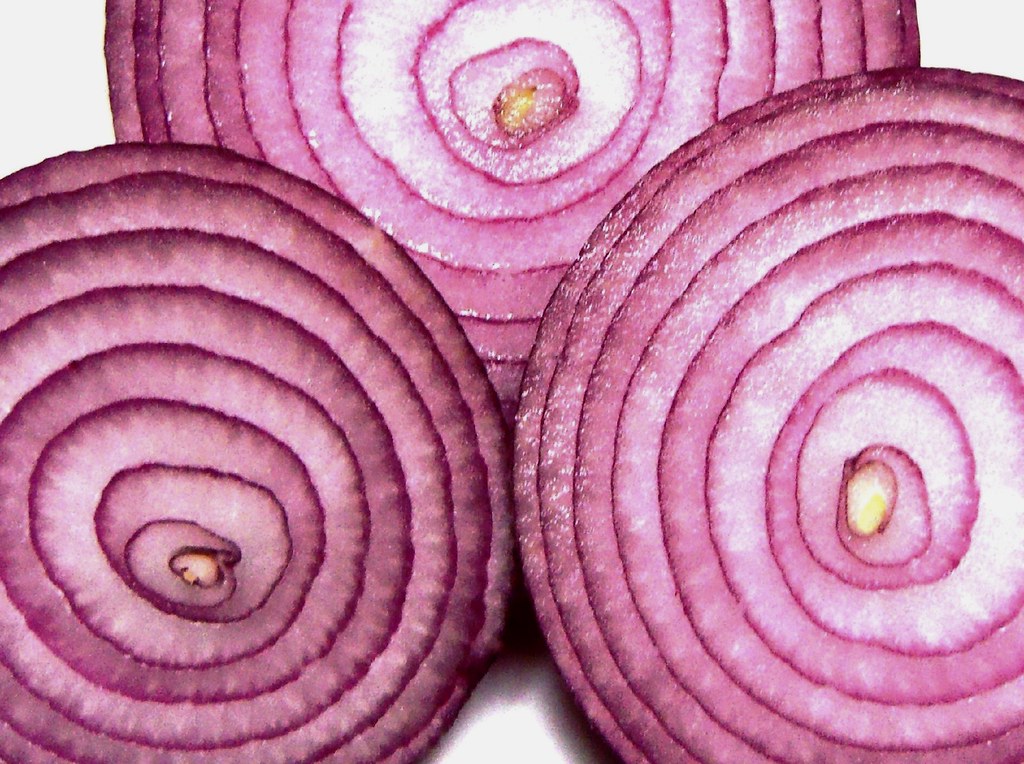
Planting onions with potatoes is a topic of debate among gardeners.
While some suggest they can work together, growing onions and potatoes in separate beds is the safest approach to reduce disease risks and nutrient competition.
If you decide to plant them together, you can benefit from efficient space utilization in your garden.
Plant your onions 4-6 inches apart, while spacing potato tubers 12-18 inches apart.
One creative approach is to plant onions along the edges of your potato beds.
This arrangement helps maximize your growing area while minimizing direct competition between the two crops.
Consider planting spring onions as an early-season companion. They’ll be ready for harvest before your potato plants reach their full size, making them an efficient use of space during the growing season.
To succeed with this combination:
- Ensure proper spacing between plants
- Monitor soil moisture carefully
- Provide adequate nutrients for both crops
- Watch for signs of competition or stress
- Harvest spring onions before potatoes mature
15. Garlic
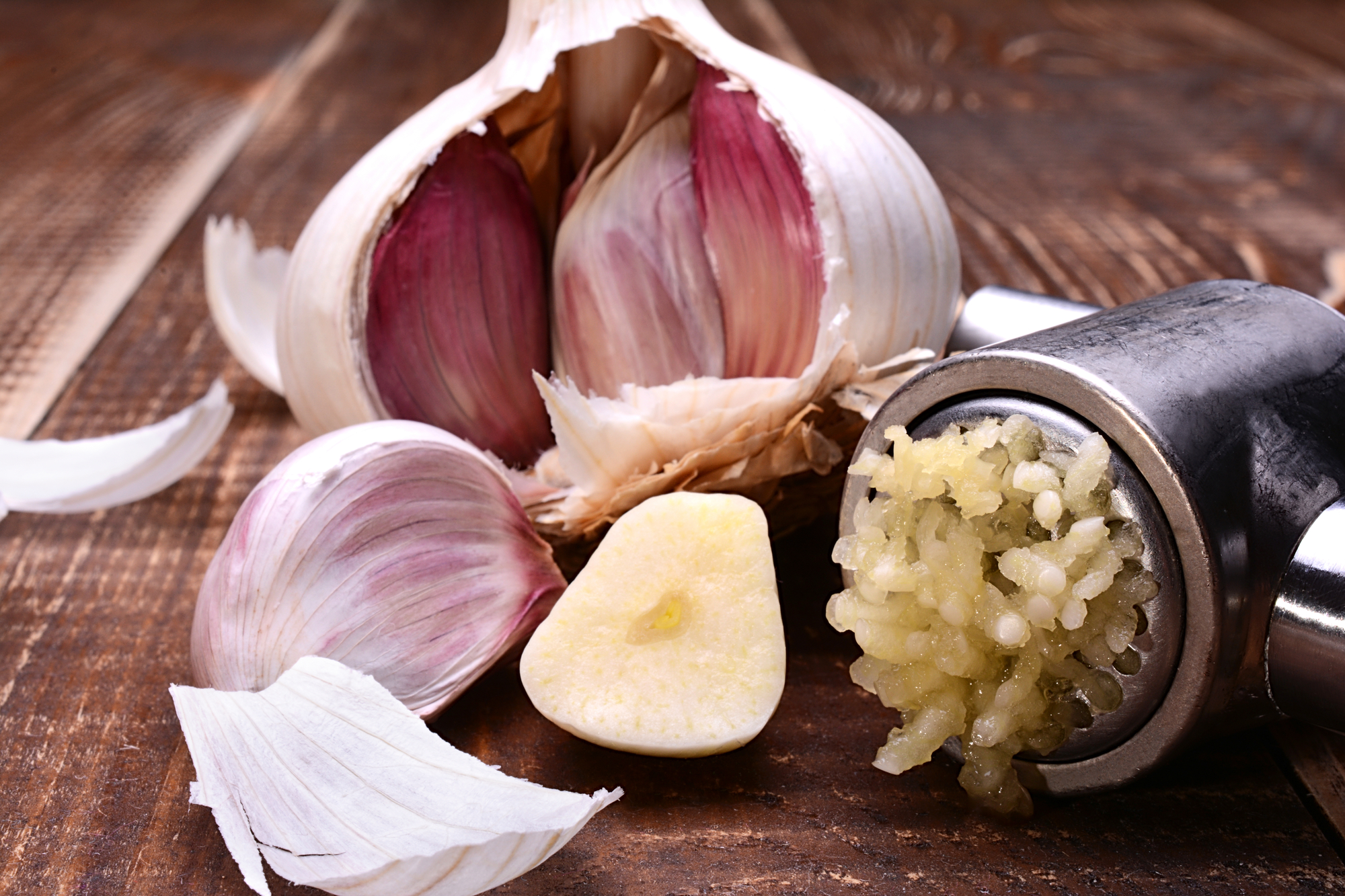
Garlic makes an excellent companion for your potato plants. Growing garlic alongside potatoes helps deter pests and creates a natural protective barrier around your garden.
The strong scent of garlic acts as a natural pest repellent, keeping many harmful insects away from your potato crop.
You can plant garlic around the borders of your potato bed or intersperse it between potato plants.
Garlic creates a living mulch in your garden as it grows. The dense foliage helps suppress weeds and maintains soil moisture around your potato plants.
To maximize benefits, plant garlic cloves 4-6 inches apart from your potato plants.
The best time to plant them together is in early spring, just as you’re putting your potato seeds in the ground.
Keep in mind that both plants need well-draining soil and regular watering.
You’ll want to ensure adequate spacing between plants to prevent competition for nutrients and allow proper airflow.
Pro tip: Plant garlic on the north side of your potato rows to prevent shading, as potatoes need full sun exposure for optimal growth.
16. Chives
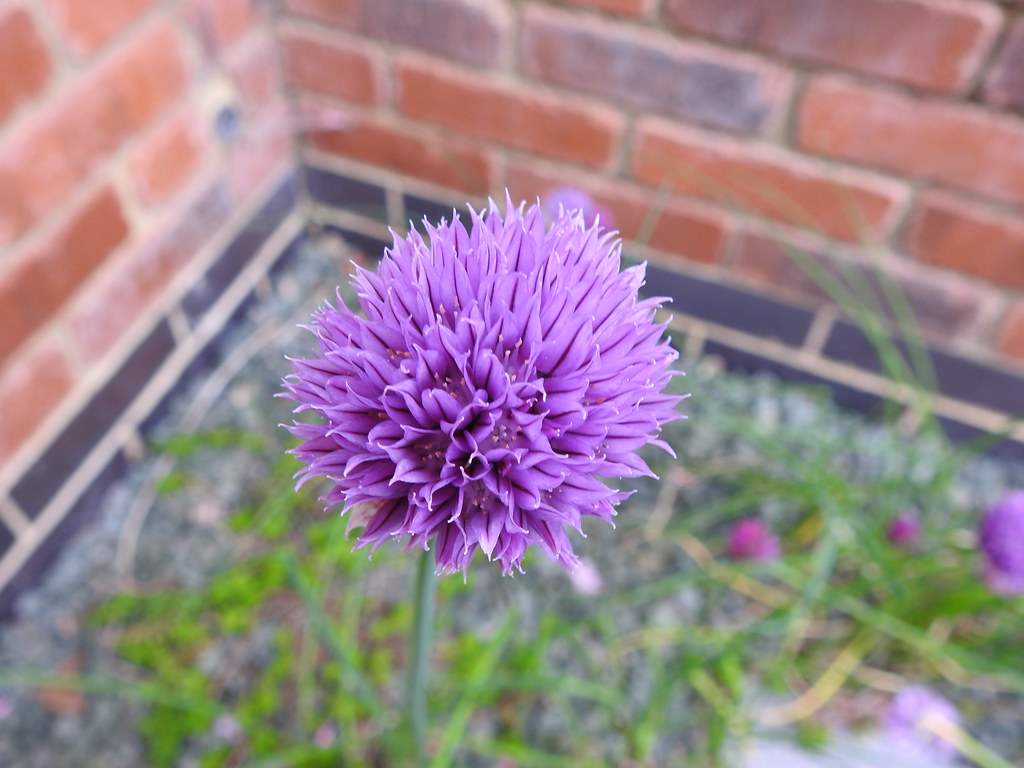
Chives make excellent potato companions in your garden, adding both practical benefits and culinary value to your potato patch.
These hardy perennial herbs produce beautiful purple flowers while helping to protect your potato crop.
When you plant chives near potatoes, they help deter harmful pests through their natural compounds.
Their strong scent confuses and repels many insects that might damage your potato plants.
Chives can thrive in potato soil, creating a mutually beneficial relationship. The shallow root system of chives won’t compete with your potato plants for nutrients or space.
Plant chives along the edges of your potato beds or between potato plants.
Space them about 4-6 inches apart to give both plants room to grow while maintaining their beneficial relationship.
Pro tip: Let some chives flower to attract beneficial pollinators to your garden. You can also harvest both the leaves and flowers throughout the growing season to add flavor to your dishes.
Watch out for one important detail: unlike many other potato companions, chives are perennial.
Plan their placement carefully since they’ll return year after year, while you’ll need to rotate your potato crop.
17. Parsley
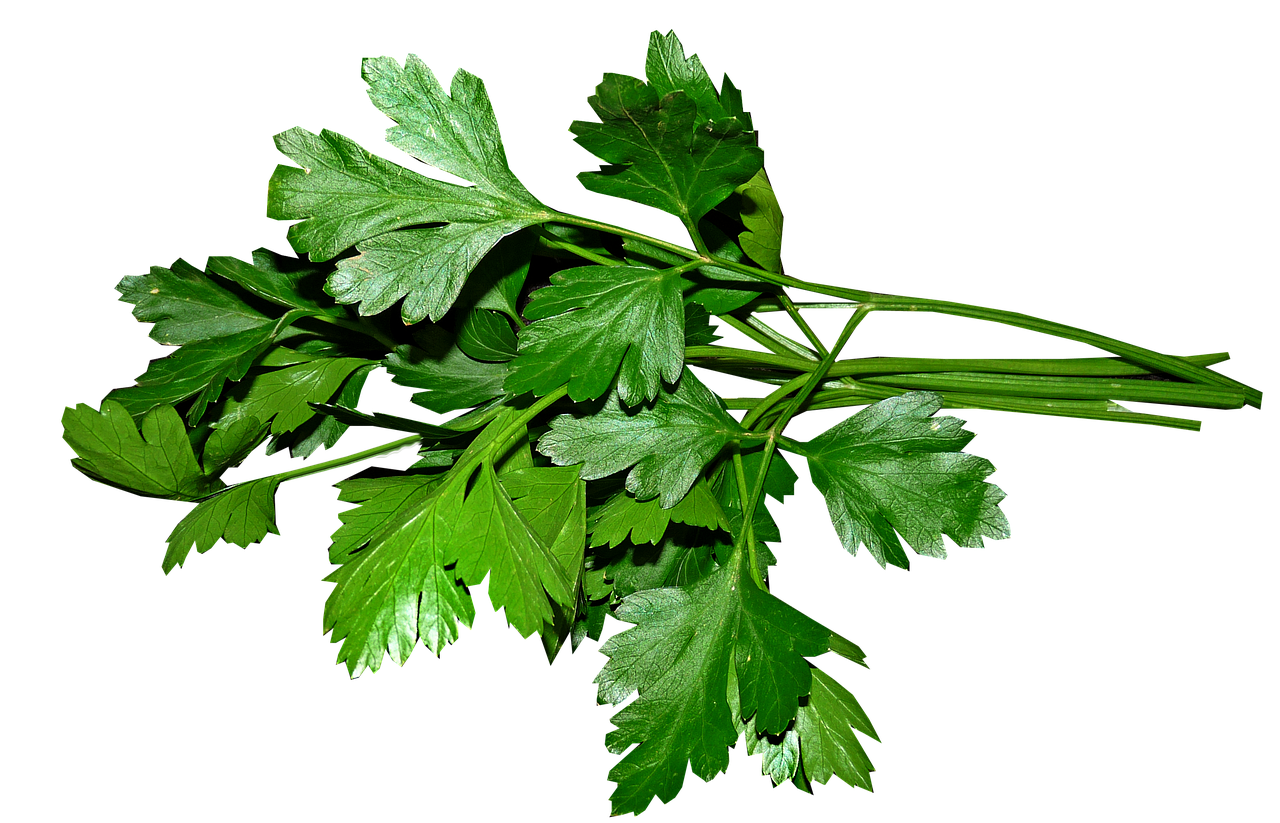
Parsley makes an excellent companion for your potato plants, thriving in the same moist soil conditions that potatoes prefer.
This versatile herb supports potato growth while adding fresh flavors to your garden. You can plant parsley around the edges of your potato patch to maximize space usage.
The deep root system of parsley helps improve soil quality. Its leaves provide light shade for potato plants during hot summer days.
Parsley attracts beneficial insects like butterflies and bees to your garden area.
These pollinators can help other nearby flowering plants thrive, creating a healthier garden ecosystem.
When planting parsley with potatoes, space them about 6-8 inches apart.
You can sow parsley seeds directly in the soil or transplant young plants in spring after the last frost.
Remember to keep the soil consistently moist but not waterlogged. Both plants will reward you with better growth when properly watered.
18. Basil
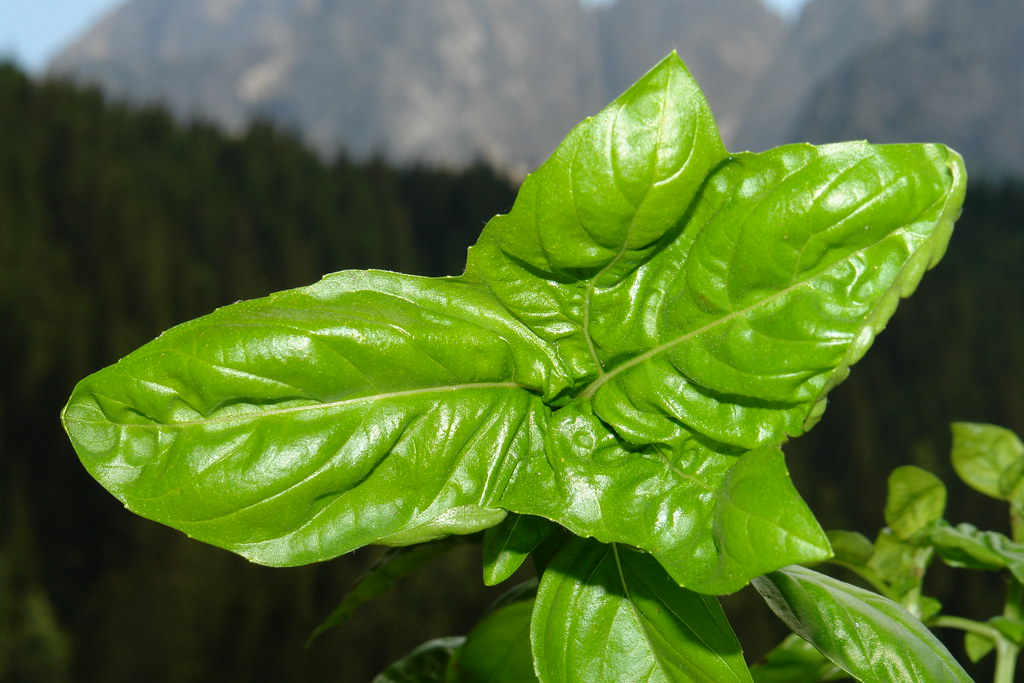
Growing basil near your potato plants offers several key benefits for your garden.
Basil helps repel beetles, flies, and mosquitos that might otherwise damage your potato crop.
You’ll find that basil is particularly effective at deterring Colorado potato beetles and aphids when planted close to your potato rows.
For optimal results, plant your basil within one to two rows of your potato plants.
Consider placing a row of basil on both sides of your potato patch for maximum protection.
Beyond pest control, basil can enhance the flavor of your potatoes. This dual benefit makes it an excellent companion choice for your potato garden.
Planting Tips:
- Space basil plants 12-18 inches apart
- Plant after all danger of frost has passed
- Choose a sunny location
- Keep soil consistently moist but not waterlogged
Remember to harvest your basil regularly to encourage bushier growth and prevent flowering, which will help maintain its protective properties throughout the growing season.
19. Thyme
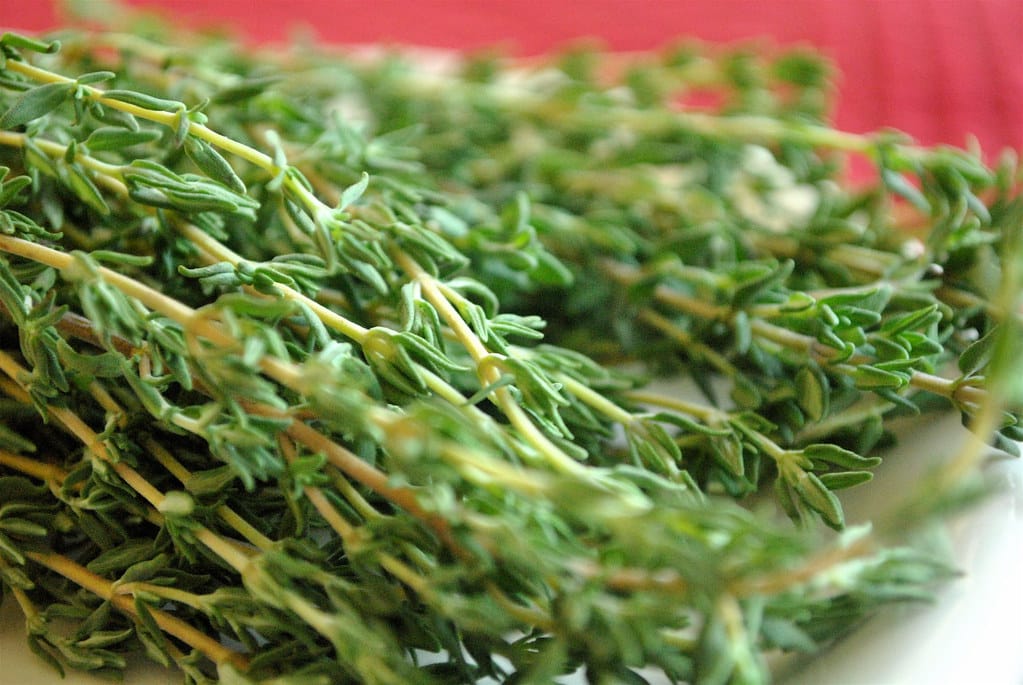
Thyme makes an excellent companion plant for your potato patch. This aromatic herb repels aphids and spider mites that could damage your potato plants.
When planting thyme near potatoes, choose sunny spots with well-draining soil.
You can place thyme plants around the edges of your potato beds or between rows.
The low-growing nature of thyme means it won’t compete with your potato plants for space or nutrients.
It creates a living ground cover that helps retain soil moisture and suppress weeds.
Be careful not to plant thyme near basil or mint, as these herbs can inhibit its growth.
Keep cucumbers and celery away from your thyme plants as well.
Benefits of growing thyme with potatoes:
- Natural pest control
- Ground cover for weed suppression
- Efficient use of garden space
- Improved soil moisture retention
Plant thyme seedlings or cuttings when you’re setting up your potato bed in spring. Space them 12-18 inches apart to give them room to spread.
20. Alyssum
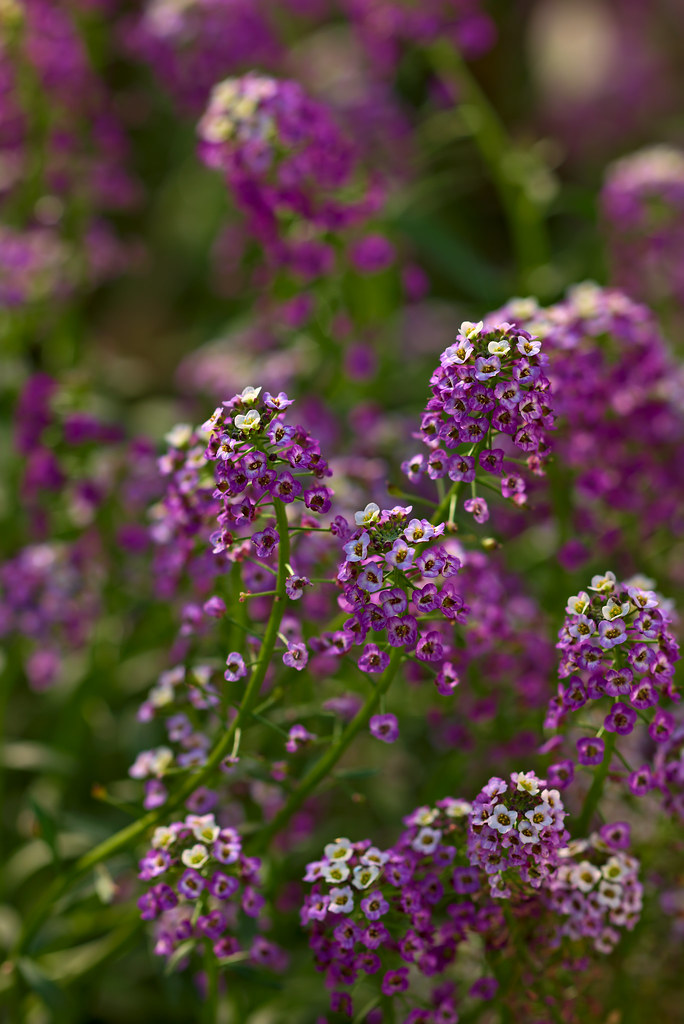
Sweet alyssum serves as an excellent companion plant for your potato crop, acting as a beneficial ground cover that helps retain soil moisture and suppress weed growth around your potato plants.
This low-growing flower attracts beneficial insects to your garden. You’ll find that alyssum brings in helpful garden allies like ladybugs and hoverflies, which naturally control pest populations that might damage your potato plants.
The best time to plant alyssum is after your potato plants have emerged from the soil.
You can position these delicate flowers along the edges of your potato bed to create an attractive and functional border.
For optimal growth, plant your alyssum in well-draining soil and ensure it receives adequate sunlight.
While alyssum is drought-tolerant, you’ll want to maintain consistent moisture for the best results.
Pro tip: Combine alyssum with other compatible companions like lettuce, tomatoes, and carrots to create a diverse and productive garden bed.




